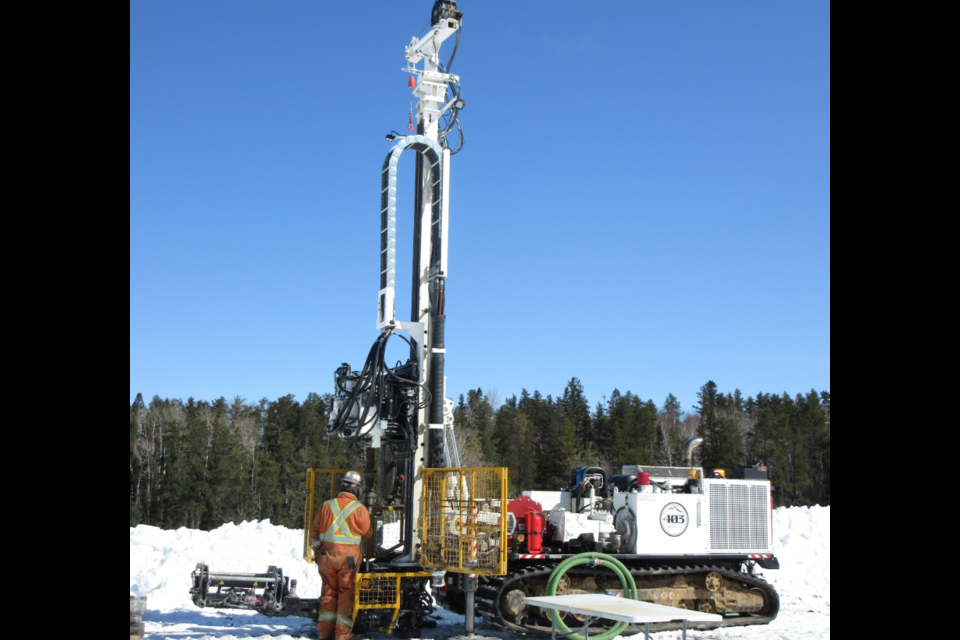Mineralized tailings from the historic Hollinger mine in Timmins could be an easy-to-reach cash box for STLLR Gold.
The Toronto gold company is sitting on 50 million to 60 million tonnes of mine waste material dumped on the surface from the former underground mine that could potentially finance its Tower Gold Project, east of the city.
In a recent investor presentation, the company considers the Hollinger tailings site as a project with “game-changing, near-term, cash flow potential” that could be developed fairly cheaply in providing feed for nearby mills in the Timmins area with excess processing capacity.
The company has been drilling on the brownfield site, southeast of the city, in running a “characterization program” that’s offering some “promising results.”
With 75 per cent of the assay results in, Keyvan Salehi, STLLR’s president-CEO, said in a news release this week that they’ve observed “consistent gold mineralization” across the property with some spots showing high gold grades.
“We are seeing multiple zones returning above-average grades, further reinforcing our confidence in the project’s potential.”
In tabling the drill results, STLLR said the assays from the 317 holes received so far provide ample evidence for a mineral resource estimate in making an economic case for Hollinger, Salehi said.
At the same time, they are putting together a metallurgical program, to assess the gold recovery potential, with results expected to be out later this year.
STLLR (formerly known as Moneta Gold) is looking to finance its Tower Gold Project, 100 kilometres east of Timmins in the Matheson area, and the Colomac project in the Northwest Territories. The Tower project consists of a deposit that's being proposed for an open-pit mine. It contains 11 million ounces of gold in the indicated and inferred categories.
The underground portion of the Hollinger mine was once the world’s largest gold mine that operated from 1910 to 1968, producing 19 million ounces of high-grade gold at an average grade of 9.9 grams per tonne.
Changes to Ontario’s Mining Act have opened up the opportunity for companies to apply for permits to consider reprocessing historical tailings while remediating the environment.
Northern Ontario Business did not receive a response from STILLR’s investor relations official on any details on when the company will be applying for a provincial mineral recovery permit and for a possible timeline on when this resource could be developed.




